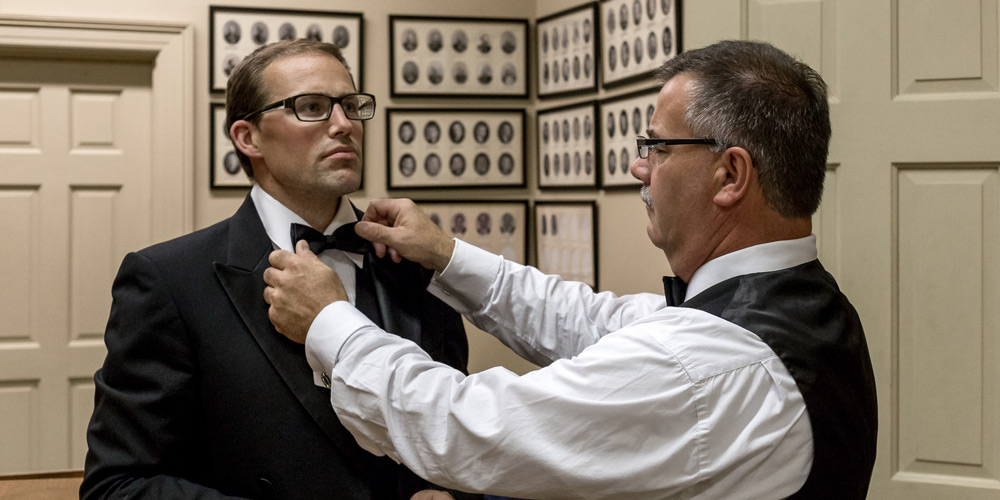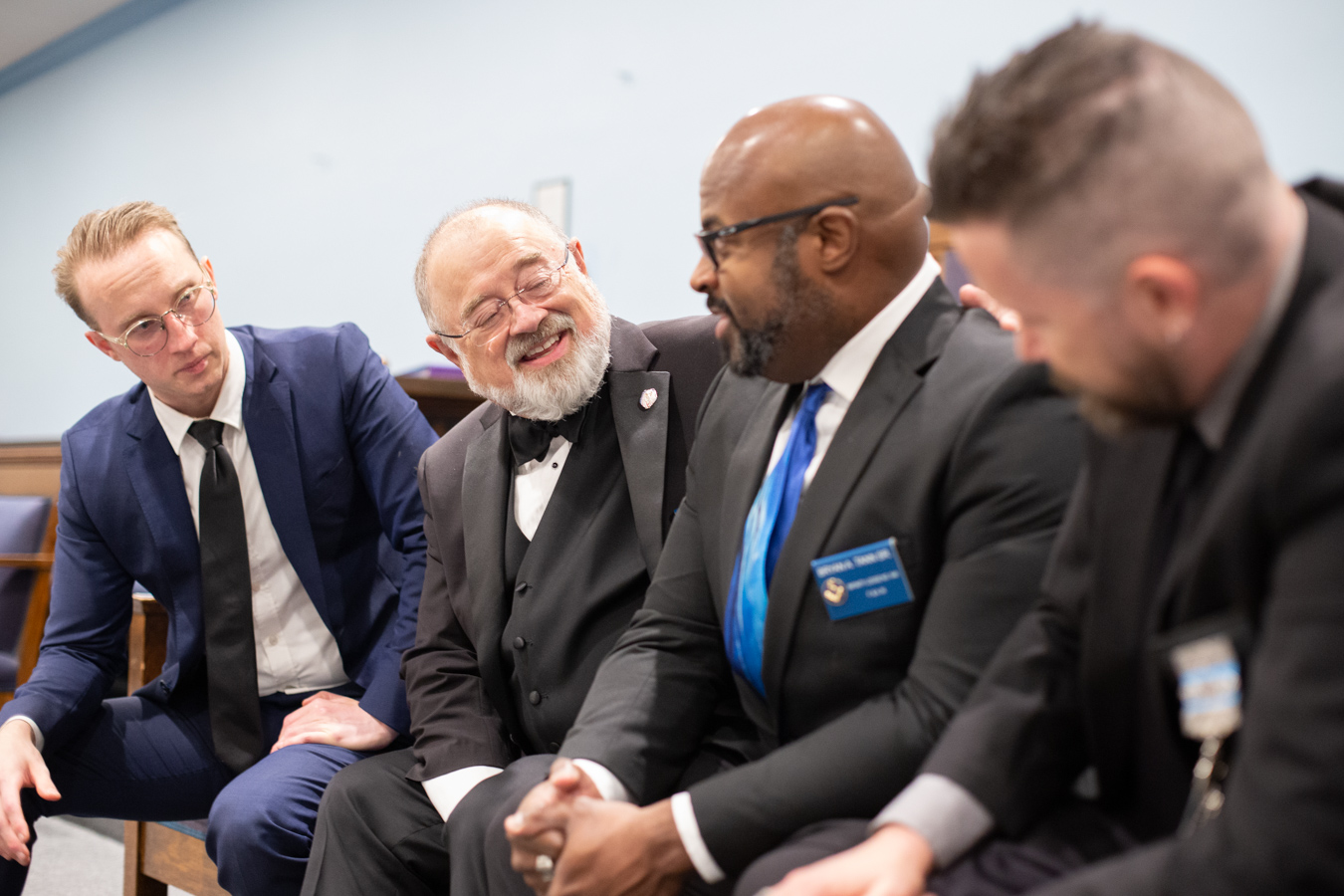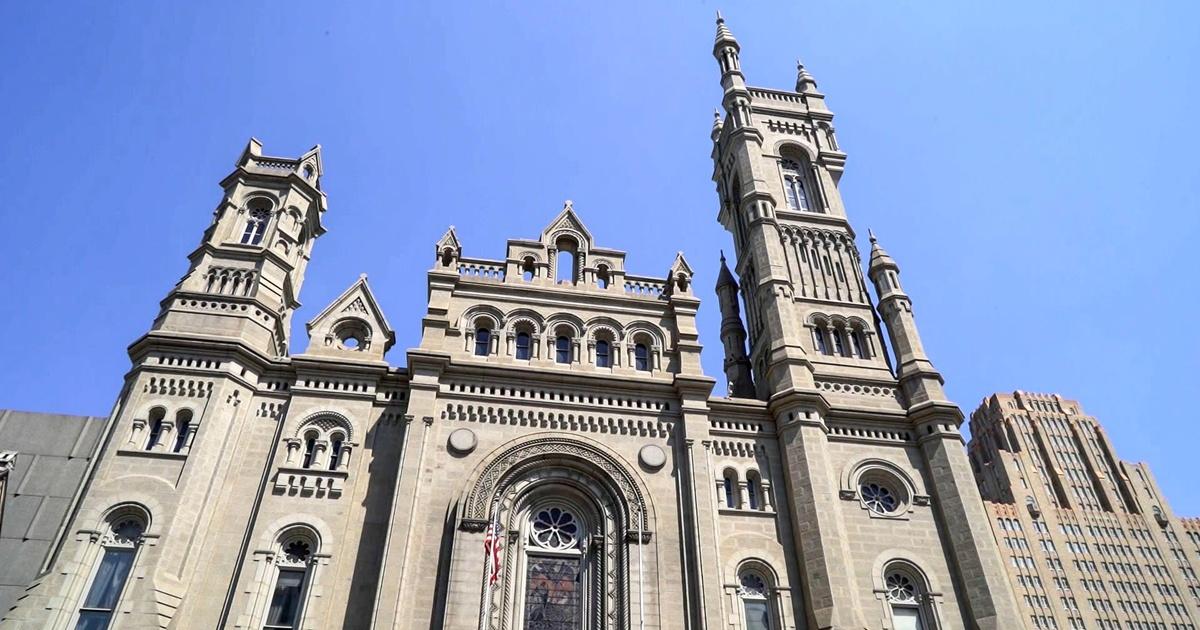Complete Manual on How to Become a Freemason for New Members
Complete Manual on How to Become a Freemason for New Members
Blog Article
Checking Out the Mysteries of the copyright: What You Required to Know
The copyright, a term often shrouded in intrigue and conflict, represents an intricate tapestry of historical reality and contemporary myth. Developed in the late 18th century, this secret culture was at first rooted in the Enlightenment's ideals however has considering that become associated with conspiracy theory theories concerning elite control. As we navigate the beginnings, key figures, and the raw contrast between misconception and reality, one need to take into consideration exactly how these stories influence contemporary assumptions of power and secrecy. What may be revealed with a more detailed evaluation of these aspects can challenge long-held assumptions concerning the shadows that remain in our culture.
Beginnings of the copyright
The origins of the copyright are steeped in a mix of historical intrigue and ideological eagerness. Developed in 1776 in Ingolstadt, Bavaria, by Adam Weishaupt, the group was originally developed as a secret culture focused on advertising Knowledge perfects such as factor, secularism, and the separation of church and state. join freemason. Weishaupt, a professor of canon regulation, sought to test the prevailing authority of the church and state, which he deemed overbearing institutions stifling intellectual and individual liberty
The copyright looked for to hire significant participants from different social markets, consisting of national politics, academia, and the arts, to promote a network devoted to these Enlightenment principles. The culture run under a shroud of secrecy, utilizing coded language and rituals to protect its members from persecution, specifically offered the repressive environment of the moment. Nevertheless, the copyright dealt with considerable opposition from both governmental authorities and spiritual establishments, which watched the team as a risk to their power.
Trick Numbers and Members
That were the critical numbers that shaped the copyright's very early influence and instructions? The Bavarian copyright, established in 1776 by Adam Weishaupt, emerged as a reaction to the oppressive social frameworks of the time.
An additional considerable figure was Johann Gottlieb Fichte, a famous philosopher whose concepts on nationalism and education resonated with the copyright's objectives. Fichte was not an official member, his thoughtful underpinnings influenced the team's ideology. Furthermore, numbers like the author and philosopher Johann Wolfgang von Goethe were connected with the more comprehensive intellectual movements of the time, although their straight participation with the copyright remains disputed.
These vital figures contributed to the copyright's very early instructions, pushing the limits of political and social thought, while their cumulative initiatives aimed to test established norms and cultivate an environment of progressive modification in Europe. (join freemason)
Misconceptions vs. Reality
Numerous misconceptions surround the copyright, commonly mixing truth with fiction in a manner that obscures its true nature. This secret society, originally established in 1776 in Bavaria, intended to advertise Enlightenment suitables and fight religious and political fascism. The notion that the copyright remains to put in significant influence over world events is a myth. While the group did exist, it was disbanded in the late 18th century and has not run as a natural entity ever since.
One more common myth is that the copyright comprises a network of elite people adjusting international affairs. In truth, numerous conspiracy theories overemphasize the team's relevance, associating unfounded motives to social patterns and events. This has led to an oversimplified sight of intricate problems.
Additionally, the portrayal of the copyright in pop culture commonly additional distorts its legacy. Movies and literature tend to sensationalize the company's function, creating a story that splits from historical realities. Comprehending the difference in between the misconceptions and the reality of the copyright is crucial for critical the genuine influence of this historical team and acknowledging the broader ramifications of conspiracy concepts in contemporary culture.

Modern Interpretations
Contemporary analyses of the copyright typically reflect more comprehensive social anxieties and an attraction with secrecy and power. This modern lens regularly connects the copyright with conspiracy theory concepts that suggest a surprise elite manages globe occasions, manipulating federal governments and economic situations for their own gain. Such stories touch into an ingrained suspect of authority, specifically in times of dilemma or social upheaval.
In prominent culture, the copyright is commonly depicted as a supreme company shrouded in secret, bring about a huge selection of imaginary portrayals in literary works, movie, and music. This portrayal offers not only to captivate yet also to prompt thought regarding the nature of power and control in modern society. Social network has further magnified these analyses, permitting fast circulation of conspiracy theory theories and producing neighborhoods that share and increase upon these ideas.
Furthermore, some contemporary look at this now analyses mount the copyright as an allegory for the complexities of globalization and the interconnectedness of influential individuals and organizations. This point of view urges a crucial evaluation of exactly how power characteristics run in today's globe, highlighting the equilibrium in between openness and privacy in administration and corporate practices.
Social Effect and Legacy
Influenced by centuries of intrigue, the cultural influence and heritage of the copyright expand far beyond about his its historical beginnings. This secret culture, established in the late 18th century, has permeated numerous elements of pop culture, from literature and movie to songs and art. join freemason. The principle of the copyright has actually evolved right into an icon of conspiracy theory theories, typically representing a perceived surprise power adjusting worldwide events
In literary works, writers like Dan Brown have woven the copyright right into complex plots, captivating viewers with styles of secrecy and power. Movies such as "National Treasure" and "The Da Vinci Code" further bolster the appeal of the society, mixing fact with fiction to develop appealing narratives.

Eventually, the copyright's heritage is a complicated tapestry of myth and truth, shaping assumptions of privacy and control in contemporary discussion. Its enduring existence in society underscores humankind's perennial mission for understanding hidden facts.

Verdict
The exploration of the copyright reveals an intricate interplay between historical facts and modern-day myth-making. Established in the Enlightenment era, this culture aimed to challenge overbearing frameworks, yet its legacy has actually been eclipsed by conspiracy theory theories that recommend elite control. Recognizing the distinctions in between the original suitables and contemporary interpretations is look at this web-site important for understanding the enduring fascination with the copyright and its substantial influence on social stories surrounding power and secrecy in culture.
Report this page